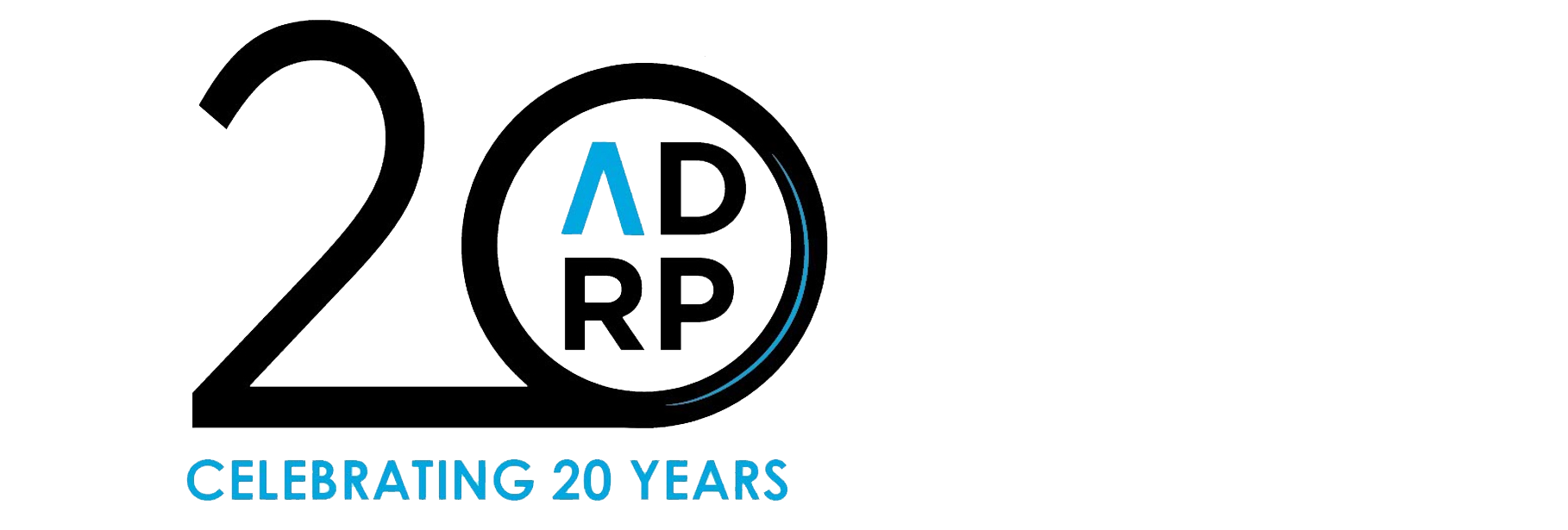- About
- Membership
- Resources
- Partner
- Events
- Awards & Scholarships
|
 |
Name: Jane Anderson Institution: Dana-Farber Cancer Institute Position: Associate Director, Donor Relations ADRP member for 4 years |
How long have you worked in donor relations/stewardship and how did you get involved in this profession?
I’ve worked in the non-profit sector my entire career. For many years, I focused primarily on foundation and government relations—and, as we all know, stewardship is a huge component of this work. While there, I discovered that the part of my job I loved the most was helping donors realize just how important their philanthropy was to their communities and the causes they cared about most. When a job opened up in donor relations at Dana-Farber, I jumped at the chance to join the team.
Could you tell us something about the organization you work for?
Dana-Farber Cancer Institute is a Boston-based cancer care and research hospital, and a principal teaching affiliate of Harvard Medical School. Dana-Farber is unique in the fact that it places an equal emphasis on research and patient care, and the extraordinary partnership between clinicians and scientists helps to expedite the movement of laboratory discoveries into treatments for patients. Dana-Farber is also deeply woven into the fabric of New England—children grow up watching the Red Sox and learning about its official charity, the Jimmy Fund (Dana-Farber’s grassroots fundraising arm)—and continue to give and support the Institute in countless ways as adults. I’m inspired by our mission every day I walk through our front doors, and I honestly can’t think of a better place to work.
What do you like most about being a member of the ADRP?
One of the things I love the most is how beneficial membership can be for people at every stage in their career. When I was first starting out, ADRP helped me get up to speed on the tricks of the trade very quickly—and even now that I’ve been in the field for a while, there’s still always something to learn. The webinars and other resources are incredibly helpful, as is the expertise of the other members. For anyone working in stewardship, membership here is truly invaluable.
What is your greatest donor relations/stewardship achievement?
At Dana-Farber, I oversee a team of science writers who report out to major donors on how philanthropy is helping to change the face of cancer. In many cases, we’re writing to patients and loved ones who have experienced the devastating effects of cancer firsthand. The proudest moments for my team are the simplest ones: when a donor writes back to us to say “Thank you. I understand the research I am funding, and I’m so proud to be involved.” That’s what stewardship is all about, after all.
How big a role does the use of social media play in your work?
Social media plays a big role in Dana-Farber and the Jimmy Fund’s work. As an organization, we do a tremendous job bringing our mission to life and sharing the stories of what matters most—the patients we treat. A recent post told the story of Zach, a four-year-old boy who had to stop playing baseball—his big passion—after being diagnosed with B-cell acute lymphoblastic leukemia. But this didn’t stop him: Zach became a “Designated Hitter” for Jimmy Fund Little League (one of our fundraisers), and even though he can’t play on the field, he can stand up “to bat” for the Jimmy Fund. Kids like Zach, and many more adults, are the reason we work so hard every day, and social media allows us to make sure that the public can hear these important stories. We also promote our many fundraisers on social media, and we often steward donors, volunteers, and corporate sponsors on social, too. You can check out these stories and more at facebook.com/thejimmyfund.
Is there a resource, i.e., book, blog, website, etc., that you would recommend to other ADRP members?
Well, I’d start with the ADRP website! From there, like everyone else, I’m a big fan of the Donor Relations Guru (donorrelationsguru.com) and the Harvard Business Review, which helps me think strategically about management and teambuilding. Most importantly, however, I’d tell people not to be afraid to reach out to their colleagues at other institutions for advice and support. If you’re facing a challenge, I guarantee that someone you know has faced similar issues and come up with a brilliant solution—or, if nothing else, a failure that you can learn from.
What is the best piece of professional advice you have ever received?
There are two. The one that’s stuck with me the most is that “You are your own best advocate for your projects, your team, and your career.” This really boils down to trusting yourself—to believing that you know what’s best for your work and having the courage to fight for what you need. The other is “never turn down free bagels in the break room,” but let’s just say that I’ve grown to regret always listening to that one.
Are there any particular stories, insights, etc., from your experiences in donor relations and stewardship that you would like to share with our colleagues?
The power of the details! I still remember the time when a donor reached out to compliment my team on a specific photo we had included in one of our reports; although we had chosen this image carefully, it wasn’t something I thought anyone would notice. Nonetheless, the recipient noticed the extra personalization. Never forget that the little things often matter the very most.


